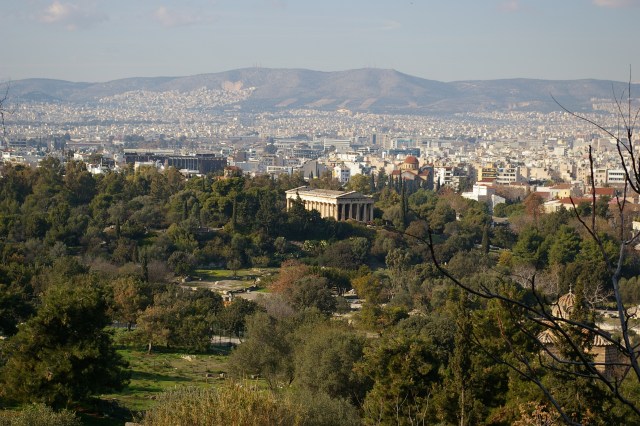Located in Luxor, Egypt is the Valley of the Kings where many of the pharaohs were buried at the base of the mountain. The Valley of the Kings is probably best known for the discovery of King Tutankhamun (King Tut) by Howard Carter in 1922 and you can watch a short documentary at the main entrance showing the removal of the treasures and sarcophagus that were found. You can purchase an extra ticket to go into the tomb of King Tutankhamun, but since he suddenly died at the age of 19, his tomb is small and unimpressive and not really worth the extra entrance fee. Regardless of whether you enter the tomb of Tutankhamun, walking through these tombs is something that you will remember forever.





After centuries of building the pyramids to house the pharaohs on their journey to the next world, they came to the realization that the pyramids did as much to attract looters as they did to symbolize their wealth and importance. Often the treasures were stolen from the pyramids within a few years, if not months, from the burial of the pharaoh’s mummified corpse. To help conceal their burial locations, the pharaohs started building their tombs in the valley of the mountain Al-Qurn (The Horn) because it was shaped like a pyramid, which symbolizes eternal life. Starting in 2100 BC, this isolated location became the final resting place for at least 63 pharaohs, although new tombs are still being discovered.





Many of the tombs have been damaged by treasure hunters, floods, and more recently the effects of tourism as people enter these ornately decorated burial sites. In order to reduce the impact of people entering these tombs, the ticket allows entrance into three tombs that are selected on a rotating basis as they restore other tombs. Be sure to bring plenty of water as walking through the Valley of the Kings is hot, dry, and dusty. Fortunately, there is a tram that will take you up the hill to the base of the valley and there are a couple of covered areas to provide some shade from the relentless sun. Also, if you want to take photographs inside of the tombs, you will need to buy a photography ticket, which is 300 Egyptian Pounds (about 18 USD). Through some miscommunication with our guide, we did not have a photography ticket and were stopped by one of the guards, which led to quite an awkward moment. Fortunately we were able to get everything straitened out and our guide returned to the entrance to get us a ticket, but not without some embarrassment on our part.





A long tunnel leads to the actual tomb chamber and the longer the life of the pharaoh, the deeper into the side of the mountain is the tomb. On the sides of the tomb are the two antechambers, one that housed food and necessities for the pharaoh in the afterlife and the other that contained the various treasures. The paintings and hieroglyphs are amazingly vivid and tell the story of the greatness of the pharaoh. Regardless of the time of year that you visit, expect there to be large crowds visiting the tombs along side of you. Take advantage of the slower moving lines to fully appreciate the details of the reliefs that adorn the walls as you slowly descend into the heart of the mountain. Unfortunately your guide is not allowed to go inside with you, so they will likely explain what you will see by showing you pictures (which are available for purchase) prior to entering the tombs.





Touring the Valley of the Kings was an incredible experience and one of the many highlights of our time in Egypt. We recommend getting the photography ticket as it is the only way, other than purchasing post card photos, to truly capture the magnificence of these tombs. Mummification and the building of tombs wasn’t just for pharaohs, there are also the Tombs of the Nobles, those who were rich enough to create a lasting memorial to themselves, as well as the Valley of the Queens. To walk through the tombs with the vivid colors that have survived for three to four thousand years is something that we will certainly never forget.















































